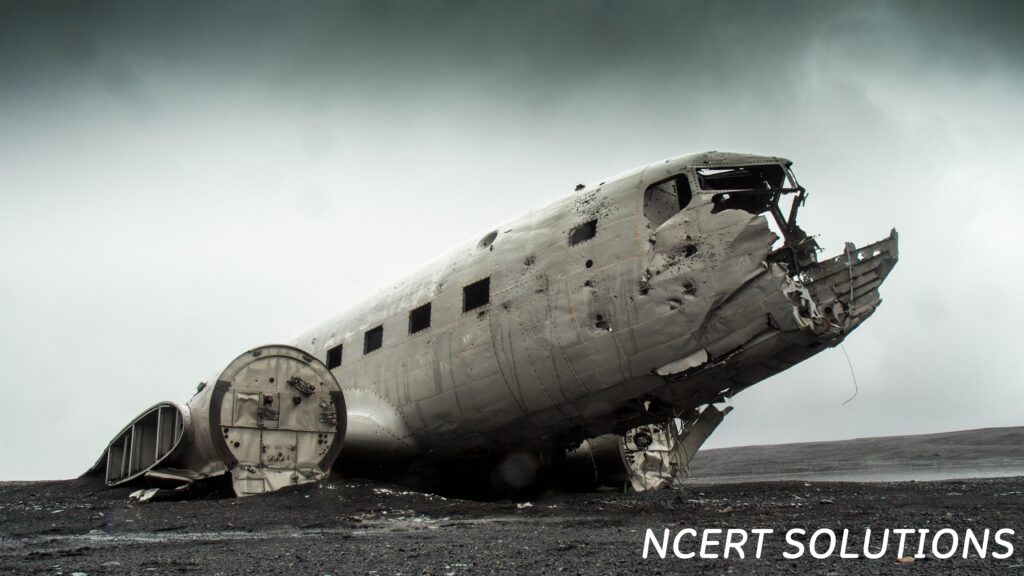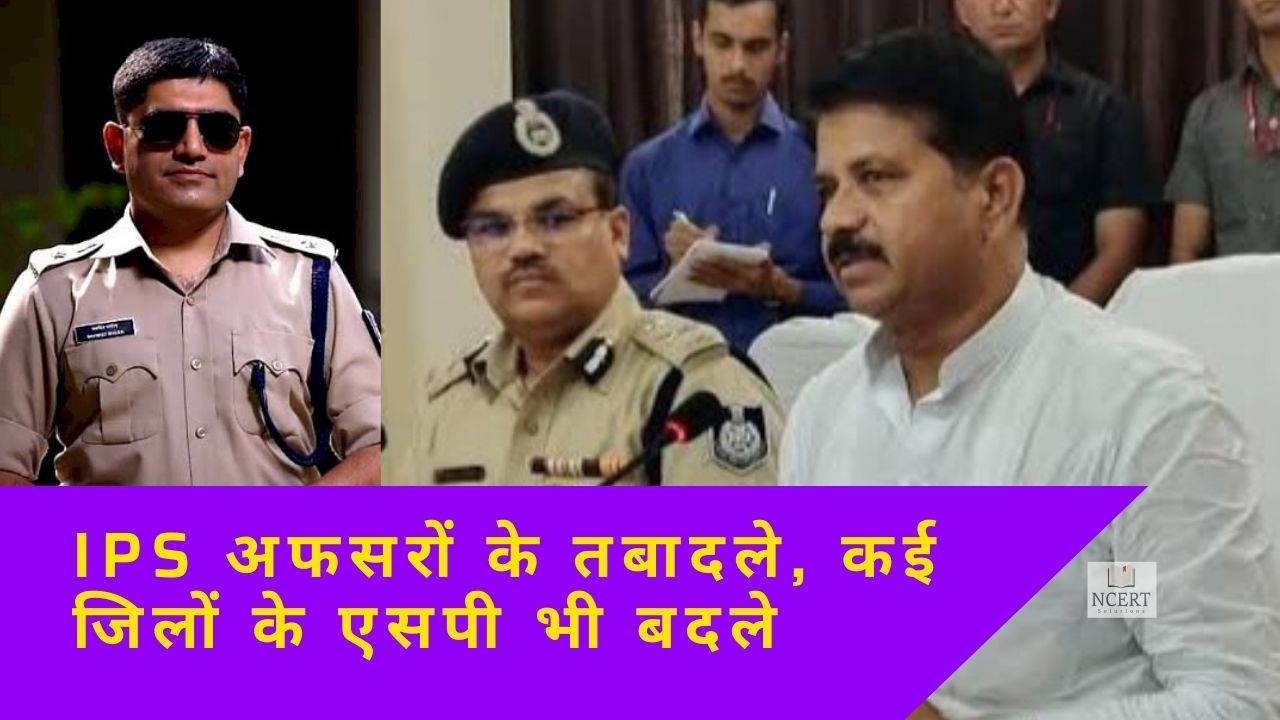NDMA (National Disaster Management Act – 2005) – As we know that many changes took place in the social and economic sphere of the world, the population grew at a rapid pace. But after this many types of crises arose in human life. Every moment now man feels insecure from these calamities. So let’s know what is disaster management.
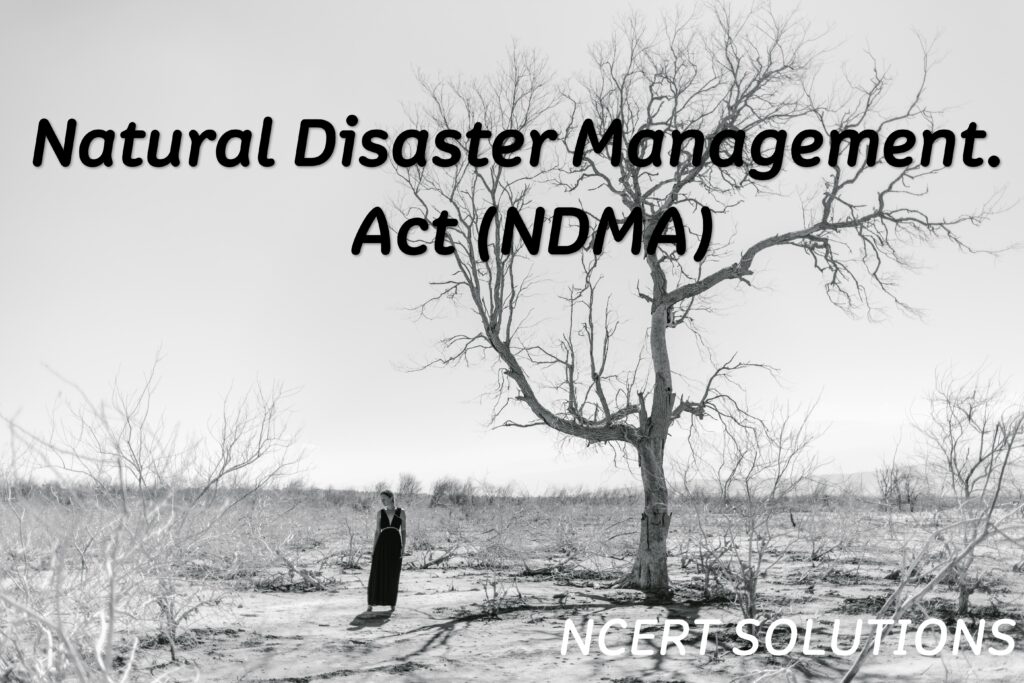
The “disaster” hinders the normal functioning of society. A large number of people are affected by this. There is also a great loss of life and property due to the disaster. Disasters create difficulties due to which the development of the nation lags behind by many years. In a developing country like India, the loss or damage caused to life and property as a result of disasters is much more than in developed countries
NDMA (National Disaster Management Act 2005) – What is Disaster Management
Disaster management is a system of work that runs parallel to each other, not only before and after the disaster. In this system, it can be assumed that, within a disaster-prone community, there are adequate measures to prevent, mitigate its impact, respond and return to normal living standards.
If the side effects caused by human and natural causes reach the extreme limit, and this side effect becomes unbearable for humans and nature and starts destroying them, then it starts turning into an outbreak.
When these unbearable incidents reach the human settlement and harm the human community simultaneously, it takes the form of disaster. It is a condition that affects the environment and social work to a great extent.
These various natural disasters cannot be predicted, nor can they be prevented. So that physical and human damage can be minimized. This work can be done only when there is proper support for disaster management. If this work is not supported by disaster management, then the work cannot run smoothly.
NDMA (National Disaster Management Act – 2005)
Types of disasters:
Many types of crises have been seen in India, which is a cause of widespread concern for us, which we understand in 2 categories.
1. Natural calamities: Dry floods, earthquakes, landslides, and tsunamis are all events, which occur extensively in nature, and whose effects are devastating. Human beings do not have any hand in these natural events. It is very difficult to predict these natural events.
2. Man-made disasters: When man manipulates nature for his own self-interest, and those effects are disastrous for nature. The origin of disasters is also related to human actions. Some human activities are directly responsible for these disasters.
The queue for these crises is very long, and we have highlighted some of these points below.
- Disasters that occur suddenly – earthquakes, tsunami waves, volcanoes, eruptions, landslides, floods, cyclones, avalanches, cloudbursts, etc.
- A calamity that appears gradually – drought, hail, infectious diseases, etc.
- Epidemics – water/fertilizer-based diseases, infectious diseases, etc.
- Industrial accidents – fire, explosion, chemical spill, etc.
- War.
Drought Disaster – Drought is a natural disaster. Water is the main ingredient of human life. Human life cannot be imagined without water. An area that receives 25% or less rainfall is considered a dry zone.
Annual rainfall for 2 consecutive years is classified as extreme Many animals and birds die of thirst due to drought. Even today there is a drought situation in many areas of India, and many people are struggling with this problem. The onset of drought is gradual and it is difficult to determine the timing of its arrival and end.
NDMA (National Disaster Management Act – 2005) – Natural disasters
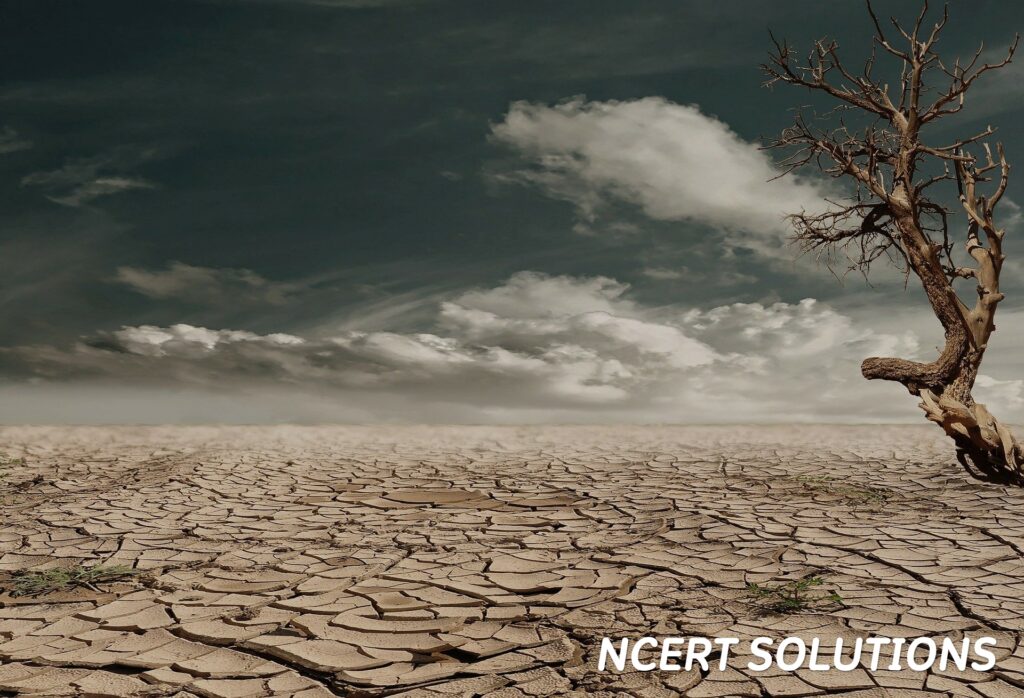
Drought disaster management and measures
- Drought conditions should be monitored by keeping an eye on the amount of water in lakes, rivers, ponds. Water flowing through all the fields should be collected in one place.
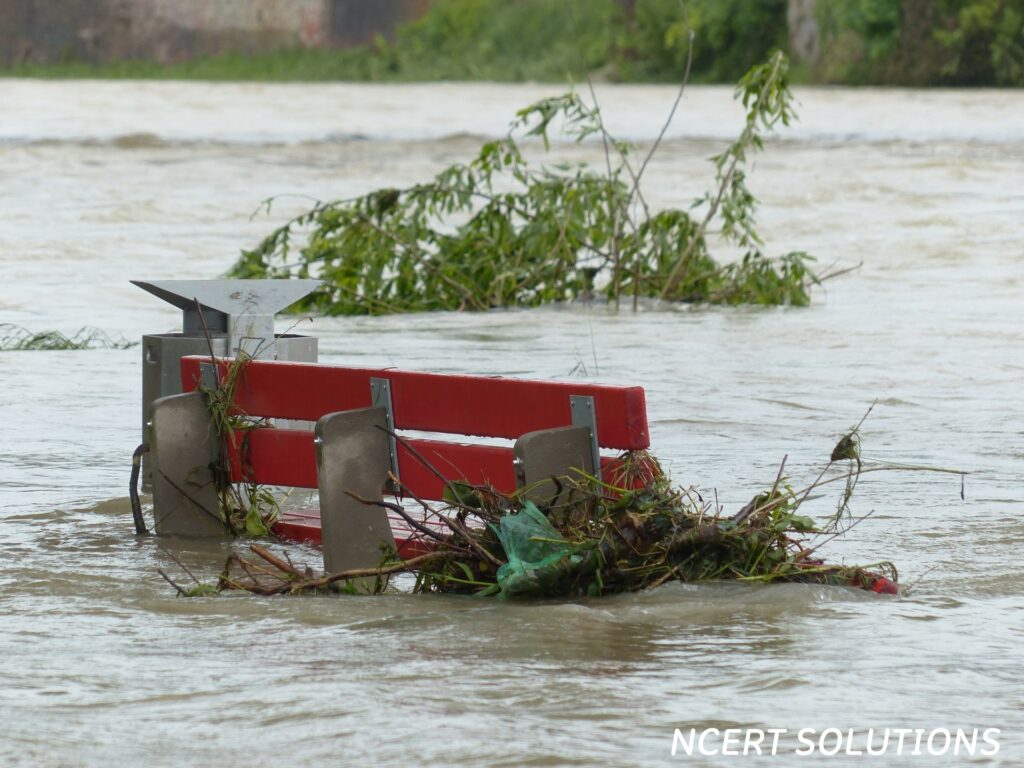
Flood disaster – Flood is such a natural disaster, due to which a large area is flooded with water, and that water causes immense loss of public money. Floods occur due to permanent flooding of large areas due to an increase of water in ponds or due to heavy rains bringing their banks out or the bursting of dams due to strong winds and cyclones.
It takes man many years to deal with this crisis and to establish his life again. Floods also cause huge loss of vegetation.
- More and more ponds should be built in the upper reaches of rivers.
- For the place where water is being collected, plantation should be done at the nearby place.
- Encroachment of human settlements on the land along the river banks should be stopped.
- The felling of trees should be banned.
- Many small dams should be built on the tributaries so that the risk of flooding in the main river can be reduced.
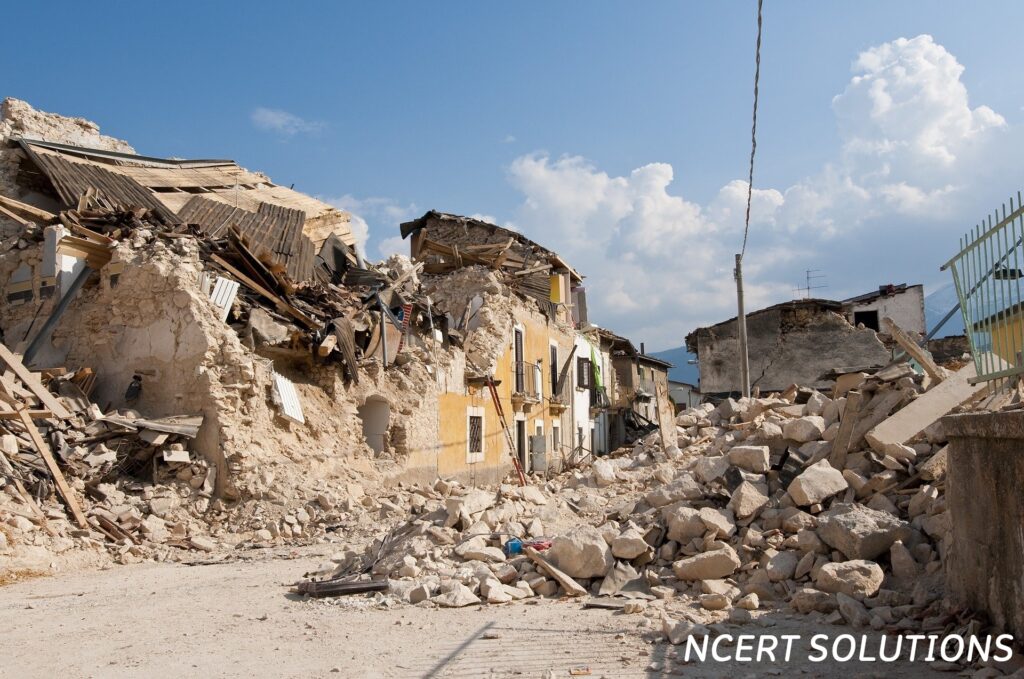
Earthquake Disaster – Earthquake comes at any time suddenly, without any warning. An earthquake is an event by which movement inside the earth is created and vibration occurs. As it moves away from the center in the form of vibrational waves, it intensifies. The form of an earthquake is extremely destructive. In the place where the earthquake starts, there is a huge loss of life and property. It is believed that the Earth’s surface is made up of large plates, these plates move towards each other due to the internal heat of the Earth, and their sliding or spreading causes earthquakes.
Earthquake disaster management and measures.
- The design of houses or buildings in earthquake-affected areas should be decided in collaboration with the engineer.
- Soil type analysis is essential before any building is constructed. Houses should not be built on soft soil.
- It is very important to raise awareness about earthquakes among the people so that they do not build land in such a place where the risk of earthquakes is high.
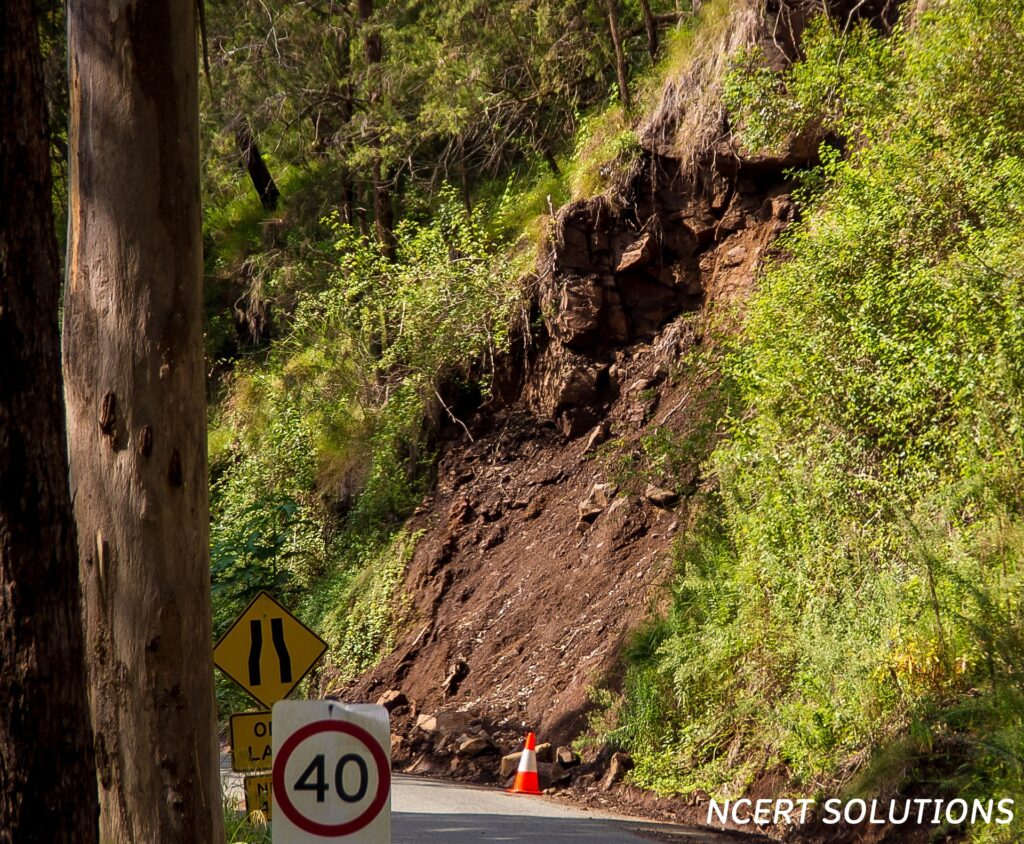
Landslide Disaster – Such piles of rocks, soil, or debris, which by their own weight come on the slopes of mountains or banks of rivers, are called landslides. Landslides are gradual, yet accidental landslides can occur without warning. There is no definite warning about the occurrence of landslides, so it is difficult to predict the occurrence of this disaster. Earthquake floods and cyclone conditions are primarily responsible for landslides.
The construction of roads by humans in hilly areas or making areas with steep slopes for agriculture also gives rise to landslides. When there are strong earthquake shocks in mountainous areas, the rocks and soil of the slopes start to move. It is extremely dangerous.
Landslide Disaster Management and Measures.
- It is necessary to identify the areas of landslides before any settlements can be settled.
- Major construction works and development works should not be carried out in areas prone to landslides.
- Natural vegetation should be promoted on hill slopes. In such mountains where there is no vegetation, it is necessary to plant more and more trees and make them vegetated again.
- Plumbing cables laid under the ground of mapped houses with a strong foundation should be flexible enough to withstand the pressure generated by landslides.
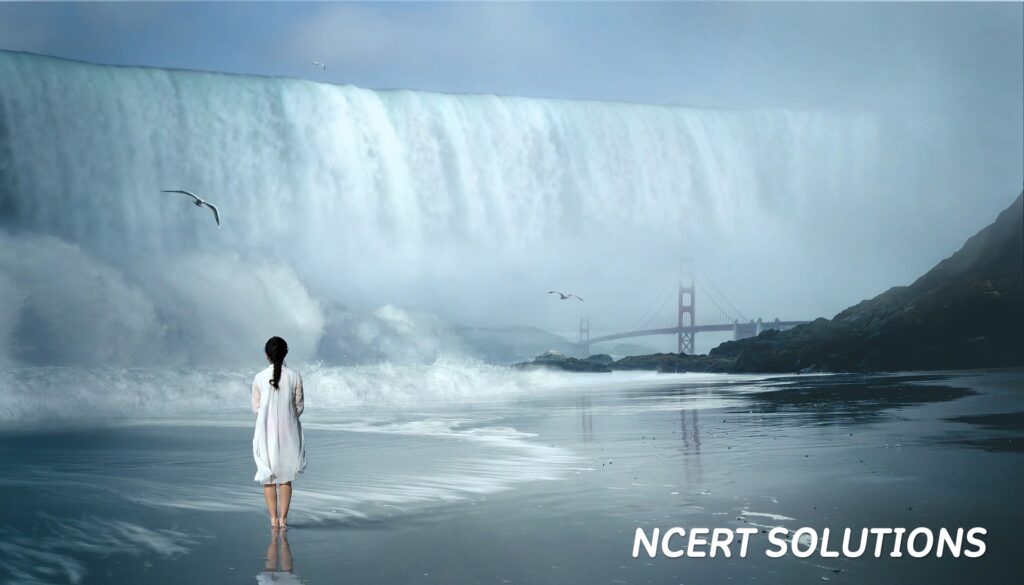
Tsunami Disaster Management and Measures.
- Tsunamis are more intense than other natural disasters. This results in a massive loss of public money. Tsunamis cannot be prevented, but the only solution is to evacuate the coastal area if there is a warning in advance.
Man-made disasters
Bomb blast – In many cases, explosive material is kept in public places, religious places, and places where humans are present in large quantities.
The following are the security measures.
- If a packet is seen and understood somewhere, then there is a need to be careful. So it should not be touched.
- One should neither approach himself nor allow others to approach suspicious objects.
- Police should be informed.
Biological and Chemical Disaster – Today is the age of science, scientific and technological development has made human life happy and prosperous.
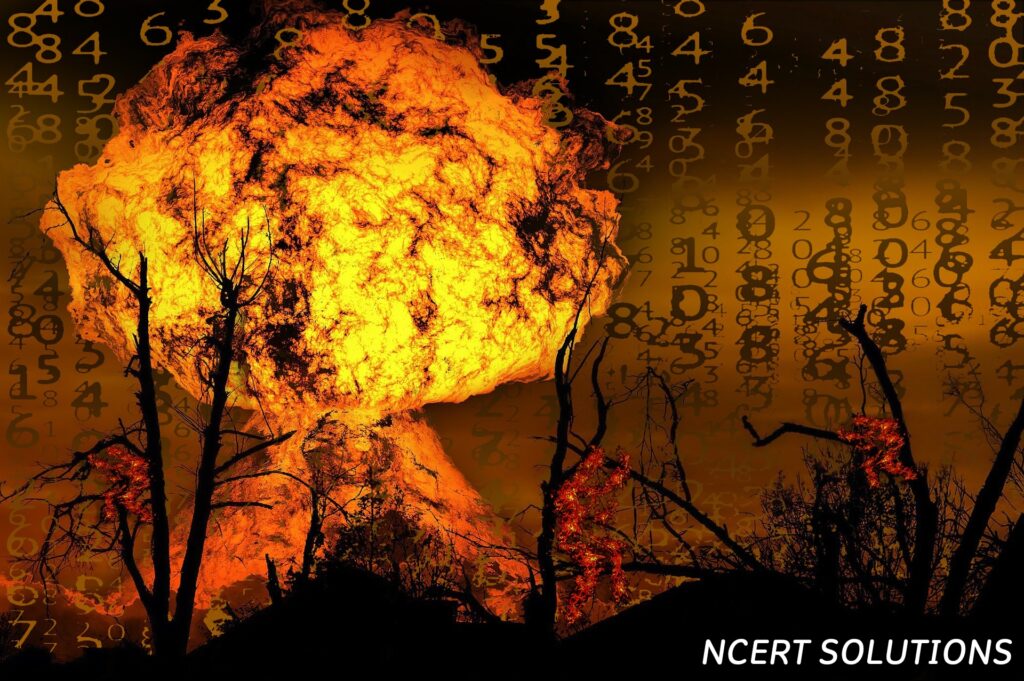
The chemical gas leak is the most devastating -biochemical disaster ever to occur in Bhopal. In this, 45 tons of extremely toxic gas called methyl isocyanate was released from Union Carbide’s pesticide factories at around 12:00 pm and blown away with the wind. In this, about 3600 people died and many diseases were suffered.
Invasion of locust swarms are diseases spread by insects such as plague, viral infection, bird flu, dengue, and corona biological disasters. It is also necessary to take measures to avoid them.
Industrial and chemical disasters are man-made disasters. They can start very quickly without any warning.
Possible measures to reduce biological side effects.
- Information related to the use and prevention of hazardous chemicals should be made available to the common citizen.
- The storage capacity of toxic substances should be limited.
- The laws relating to insurance and protection for industries should be strictly enforced.
- Periodic mock drills should be conducted to develop an understanding of coping with accident situations.
NDMA (Disaster Management Act) – Disaster Management Institute.
The establishment of the Indian National Institute of Disaster Management is the first of the organized efforts at the Earth Summit in Rio de Janeiro, Brazil in 1993 and in Yokohama, Japan in May 1994.
NDRF was formed to manage daily disasters in India. And the government also established the National Institute of Disaster Management to work in the disaster area, as well as developed remote satellites for accurate weather information.
The Disaster Management Institutes established under the Disaster Management Act 2005 were assigned responsibilities at the national level as per the policies.
The purpose of disaster management institutions is to protect the area and community affected by the disaster and to provide necessary assistance to them.
The Disaster Management Institute works to prevent disasters, reduce their impact, and rebuild the area and return to normal living standards, as well as provide specialized assistance to the people of the area.
These institutions run parallel with each other, not only before and after the disaster.
The work to be done by the institutions under the Disaster Management Act.
The main stages and objectives of disaster management are Pre-preparation – Which includes working to prepare the community in advance to deal with the impact of a disaster, such as
- Community awareness and education.
- Community school, prepare disaster management plans for the individual.
- Training exercise.
- Necessary ingredients.
- Warning system.
- Mutual aid system.
Relief and Response – Measures taken before, during, and immediately after a disaster to ensure that the effects of the disaster are minimized.
Return to a normal standard of living – Measures that help in rebuilding physical infrastructure and achieving economic and emotional well-being, such as –
- To educate people about health safety measures.
- Programs to console those whose families got separated.
- Essential service- roads, resumption of communication links.
- Providing shelter accommodation.
- Providing financial assistance.
- Finding employment opportunities.
- Reconstruction of new buildings.
- Planning for prevention and mitigation of side effects – the severity of disasters and measures to prevent them.

NDMA (National Disaster Management Act – 2005)
The Disaster Management Act 2005 was passed by the Rajya Sabha on 28 November 2005, and by the Lok Sabha on 23 December. It received assent by the President of India on 23 December 2005. There are 11 chapters in the Disaster Management Act. This Act is spread all over India.
The following sections were implemented under the Disaster Management Act 2005.
Sections implemented by the government in NDMA (Disaster Management Act) –
Section 51: Punishment for causing an obstruction. Under this section, if any person obstructs the work of any officer or employee of the Central/State Govt. or obstructs the performance of his duties, then action will be taken against him under section 51.
As punishment under the proceedings, that person may be punished with imprisonment of either description for a term which may extend to one year or with a fine.
Section 52: Punishment for making false claims. If any person is capable, notwithstanding that he makes a false claim to receive relief, aid, repair, or another benefit as a result of calamity on the part of any officer of the Central Government or the State Government. He may be punished with imprisonment of either description for a term which may extend to two years or with a fine.
Section 53: Embezzlement of money, relief material. In the midst of any scheme run by the government at the time of the disaster, if any employee, officer, or common person embezzles money, then action will be taken against him.
Section 54: Punishment for false information. At the time of the disaster, if any person broadcasts wrong information, which creates an atmosphere of fear and disorder among the people, then action will be taken against that person under section 54.
Under this, as a punishment, that person can be punished with imprisonment of 1 year and a fine.
Section 55: Offense by a government department. If any offense is discovered by any government department, then action will be taken against the officers of that department under section 55.
Section 56: Failure of officer to perform duty. If any government officer does not fulfill his duty or avoids serving, strict action will be taken against him under section 56.
Section 57: Offense of not providing service. If the government requires the resources of a person at the time of calamity and if that person refuses to provide service, then that person can be punished with imprisonment of one year and also with a fine under section 57.
Section 58: Punishment for breach of law by company. If any company violates the orders and rules passed by the government, and all the employees of that company are present at the time of the violation, strict action will be taken under section 58.
Section 59: Prior sanction for prosecution. Under sections 55 and 56, if any person wants to file a case against an officer or employee of any government department, he has to get the approval of the government under section 59.
As we all know, disaster is an expected event. It is caused by forces that are not under the control of human beings. To deal with this, we have to make more effort than the emergency services given in general.
For a long time, disasters have been believed to be the result of natural forests, responsible for these disasters like the Bhopal gas tragedy, war, and the release of toxic gas like chlorofluorocarbons into the atmosphere.
Noise, air, water, soil, and environmental pollution Some human activities directly contribute to disasters, such as landslides and floods due to the destruction of forests. Efforts were also made to avoid such incidents but success was achieved only in name but some of these man-made disasters can be prevented.
On the contrary, the chances of preventing natural disasters are very less. So the best way is to reduce their impact and manage them.
